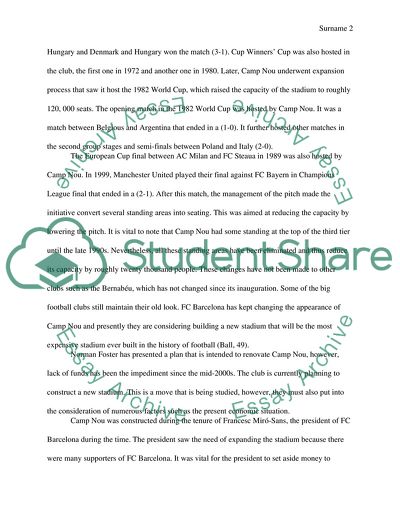Cite this document
(The Camp Nou Stadium in Barcelona Case Study Example | Topics and Well Written Essays - 3000 words, n.d.)
The Camp Nou Stadium in Barcelona Case Study Example | Topics and Well Written Essays - 3000 words. https://studentshare.org/architecture/1821056-the-camp-nou-stadium-in-barcelona
The Camp Nou Stadium in Barcelona Case Study Example | Topics and Well Written Essays - 3000 words. https://studentshare.org/architecture/1821056-the-camp-nou-stadium-in-barcelona
(The Camp Nou Stadium in Barcelona Case Study Example | Topics and Well Written Essays - 3000 Words)
The Camp Nou Stadium in Barcelona Case Study Example | Topics and Well Written Essays - 3000 Words. https://studentshare.org/architecture/1821056-the-camp-nou-stadium-in-barcelona.
The Camp Nou Stadium in Barcelona Case Study Example | Topics and Well Written Essays - 3000 Words. https://studentshare.org/architecture/1821056-the-camp-nou-stadium-in-barcelona.
“The Camp Nou Stadium in Barcelona Case Study Example | Topics and Well Written Essays - 3000 Words”. https://studentshare.org/architecture/1821056-the-camp-nou-stadium-in-barcelona.


